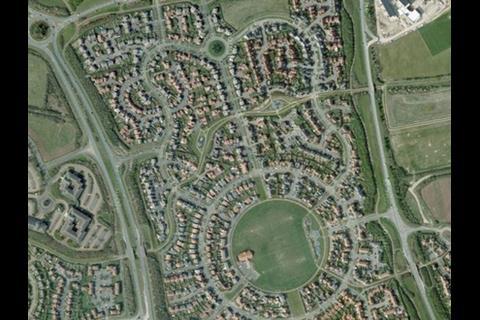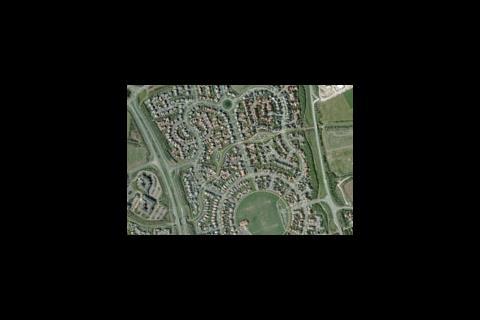Council plans to raise £800,000 a year from scheme to fund insulation of existing homes
Money raised from taxing the carbon emissions of new developments in Milton Keynes is being spent on upgrading the energy efficiency of existing homes.
Under the initiative, developers pay into a fund according to the additional carbon emissions generated by their buildings in return for planning permission. The tax payable on an average house is £400, but if a scheme is carbon neutral, developers do not pay anything.
The scheme was introduced in April 2007, but the money has only just started filtering through as it is not payable until buildings are completed. According to the council, £250,000 has been raised from 10 schemes, which is enough to insulate 1,000 homes.
The council has set up a not-for-profit company to administer the scheme, which offers cavity wall and loft insulation at the subsidised price of £95 per item.
Forty-one homes have been insulated so far and the council said it had had 300 enquiries. It anticipates raising a total of £400,000 by next April, including from a Taylor Wimpey development, and hopes the scheme will raise £800,000 a year, although it expects the credit crunch to affect this target.
Martin Davies, the carbon manager at Milton Keynes council, said the scheme was a cost-effective way of reducing overall carbon emissions from buildings. He said: “That was one of the key arguments for introducing the policy.”
He added that developers were not happy about the tax but could see the reasoning behind it.
Alan Budden of PRP Architects, which has an office in Milton Keynes, said: “I think it’s the way to go. It is more beneficial financially when you get to levels five and six of the Code for Sustainable Homes.”
This is not the first innovative development tax Milton Keynes has introduced. In April last year, the council’s “roof tax” was given the green light. Under the scheme, considered an alternative to the planning gain supplement, developers pay £18,500 per home and £105,300 per acre to fund infrastructure.
An overview of the Milton keynes scheme
Supplementary planning guidance was introduced in April 2007 to make Milton Keynes more sustainable. The main points are:
- New developments must be 25% more energy efficient than demanded by Part L of the ��ɫ����TV Regulations and 10% of energy must be generated from on-site renewables
- Ten per cent by value of schemes must be built using recycled materials
- A-rated materials from BRE’s Green Guide to Specification must be used for 80% of the total area of schemes
- Developers pay a one-off tax at a rate of £200 per tonne of carbon dioxide generated by the scheme each year. This works out at £400 for a typical new home
- The money is collected using a section 106 agreement and is payable on completion of the scheme
- Other local authorities are beginning to introduce similar schemes including Ashford in Kent, Reigate and Banstead in Surrey, and Brighton





























No comments yet